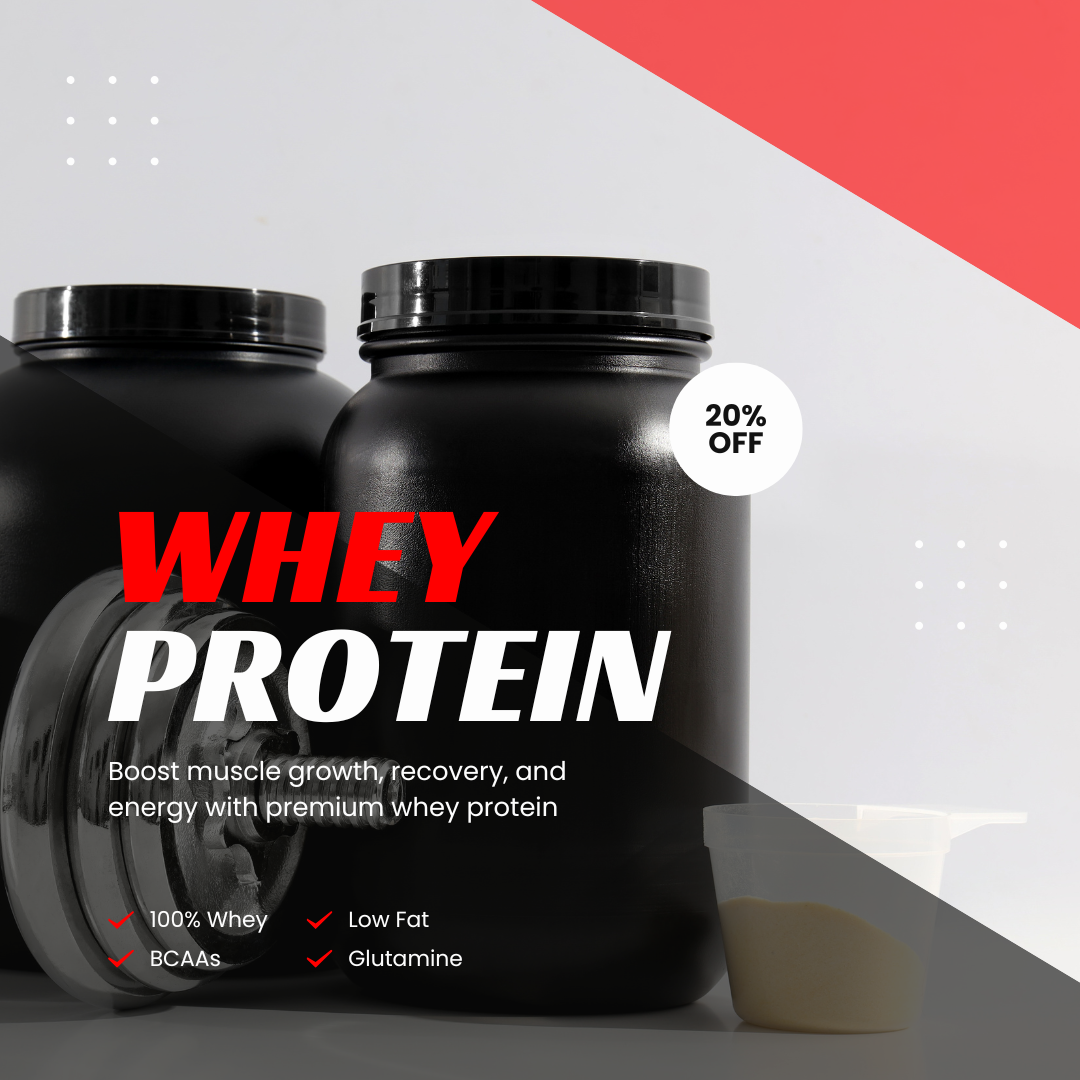The Science of Recovery: How Teen Athletes Can Maximize Performance
For teen athletes, training hard is only half the equation—recovery is just as crucial. The latest sports science research shows that proper recovery leads to better performance, reduced injury risk, and faster muscle growth. But what does science say about the best recovery methods? Let’s break it down.
1. Why Recovery Matters
When you train, your muscles experience microtears and your energy stores are depleted. Proper recovery allows your body to repair, adapt, and come back stronger. Without it, overtraining can lead to fatigue, injury, and decreased performance.
📌 Key Research Findings:
- A study in the Journal of Sports Medicine found that athletes who prioritize recovery see improvements in speed, endurance, and strength.
- Lack of recovery increases the risk of overuse injuries like stress fractures, tendonitis, and muscle strains.
🔥 Takeaway: Recovery isn’t just resting—it’s an active part of getting stronger.
2. Sleep: The Ultimate Performance Enhancer
😴 Why it matters: Sleep is when the body repairs muscle tissue, restores energy, and balances hormones. Skipping sleep can ruin all your hard work.
📌 What Science Says:
- The National Sleep Foundation recommends 8–10 hours of sleep per night for teen athletes.
- Research shows that sleep-deprived athletes experience:
✅ Reduced reaction time (bad for sports like basketball & soccer)
✅ Decreased muscle recovery (slower gains)
✅ Higher injury rates
💡 Pro Tip: Avoid screens 60 minutes before bed to improve sleep quality.
3. Nutrition: Fuel for Recovery
🥗 What you eat after training is just as important as your workout. Your body needs protein, carbs, and healthy fats to rebuild muscle and restore energy.
📌 The Science of Post-Workout Nutrition:
- Protein (20–30g) – Supports muscle repair and growth. (Best sources: lean meats, eggs, protein shakes)
- Carbs (40–60g) – Replenishes glycogen for energy recovery. (Best sources: rice, potatoes, fruits)
- Electrolytes (Sodium, Potassium, Magnesium) – Prevents dehydration and muscle cramps. (Best sources: coconut water, bananas, leafy greens)
🔥 Takeaway: Eat a protein + carb meal within 30–60 minutes post-workout for maximum recovery.
4. Active Recovery vs. Rest: What’s Better?
🏃♂️ Active Recovery (Low-Intensity Movement)
- Why it works: Keeps blood flowing, speeds up muscle repair, and reduces soreness.
- Best methods:
✅ Light jogging
✅ Yoga & stretching
✅ Foam rolling
🛌 Passive Recovery (Complete Rest)
- Best for: Injury healing, extreme fatigue, or post-competition rest.
- Too much rest = stiffness – Mix in light movement when possible.
📌 What Science Says:
- Active recovery reduces muscle soreness 48% faster than doing nothing (Journal of Strength & Conditioning Research).
- Foam rolling improves flexibility & blood circulation without affecting muscle strength.
🔥 Takeaway: Rest days don’t mean “do nothing”—light activity speeds up recovery.
5. Cold Therapy, Compression, and Other Recovery Hacks
💧 Ice Baths & Cold Showers – Can reduce inflammation but may slow muscle growth if overused.
🦵 Compression Gear – Increases blood flow and may help reduce soreness.
🌬️ Breathing & Meditation – Lowers stress hormones, improving focus and recovery speed.
📌 What Science Says:
- Cold therapy is best used after intense competitions, not every workout.
- Meditation can boost focus & reduce cortisol levels, which helps prevent overtraining.
🔥 Takeaway: Use cold therapy strategically, and try breathing exercises to aid recovery.
Final Thoughts
Recovery isn’t just about resting—it’s about using scientifically proven methods to rebuild your body and improve performance. Prioritizing sleep, nutrition, active recovery, and smart recovery techniques will help you train harder, avoid injuries, and reach your full athletic potential.
💬 What’s your favorite recovery method? Let us know in the comments!

